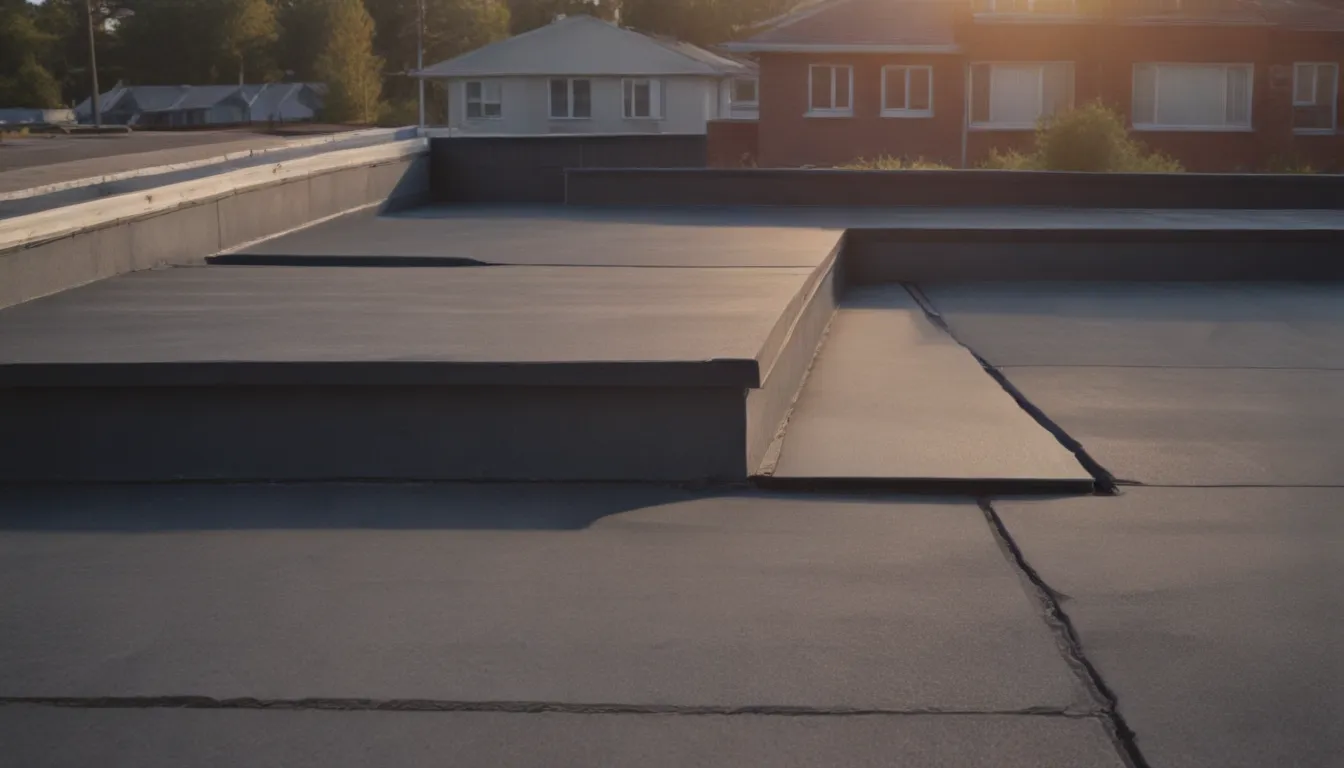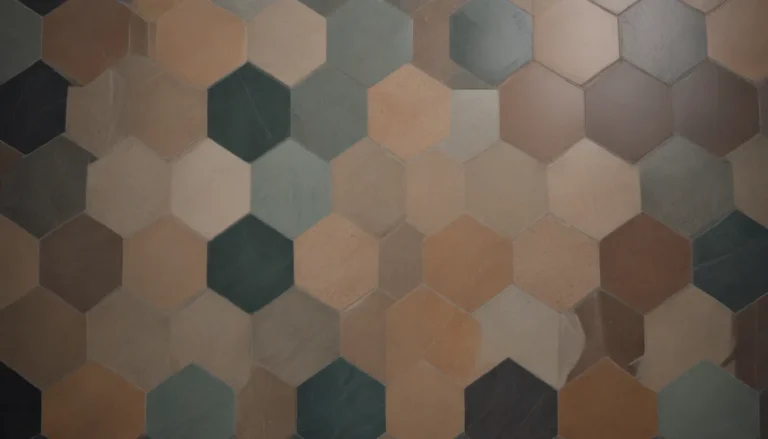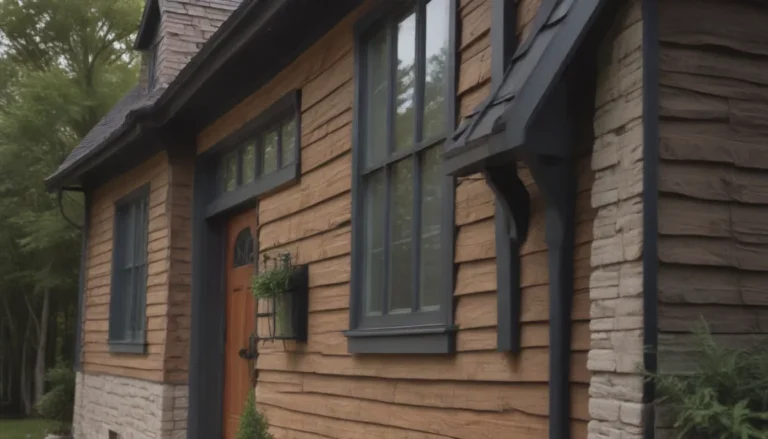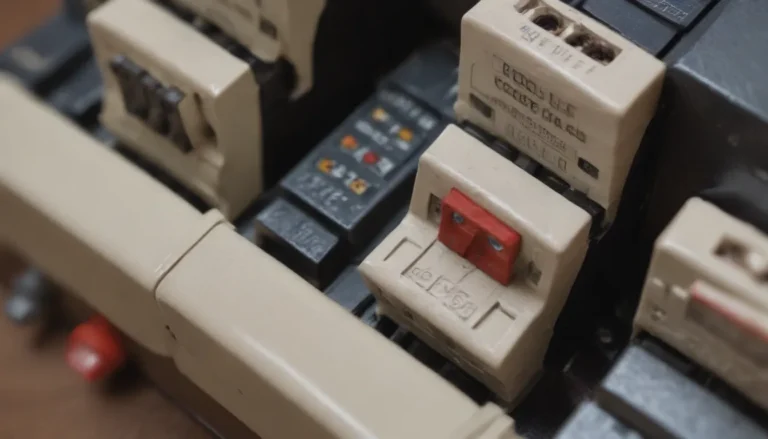Understanding the Pros and Cons of Flat Roofing Systems

Flat roofing may not actually be flat, but it does have a very low slope that requires specific materials to remain watertight. Compared to traditional sloped roofs, flat roofs have their own set of advantages and disadvantages. In this in-depth guide, we will explore the three main types of flat roof systems, discussing the pros and cons of each to help you make an informed decision for your home or commercial property.
Types of Flat Roof Systems
Membrane (Single-Ply) Roofing
Membrane roofing is a popular choice for residential flat roofs, with EPDM (ethylene propylene diene monomer) being one of the most common materials used. This synthetic rubber sheet material is durable and versatile, making it a reliable option for flat roofs. Here are the pros and cons of membrane roofing:
Pros:
– Durable and long-lasting
– Resistant to UV rays and weathering
– Easy to install and repair
Cons:
– Can be punctured by sharp objects
– Limited aesthetic options
– Susceptible to shrinkage over time
Built-Up Roofing (BUR)
Before modified bitumen and membrane roofing took over, built-up roofing (BUR) was the go-to option for flat roofs. This system consists of multiple layers of insulation board, tar or asphalt, and gravel, creating a seamless and durable roof assembly. Here are the pros and cons of built-up roofing:
Pros:
– Highly resistant to damage
– Long lifespan
– Provides excellent insulation
Cons:
– Heavy and thick
– Strong odors and mess during installation
– Not common for residential properties
Modified Bitumen Roofing
Modified bitumen roofing offers a lighter-weight alternative to BUR, with less mess and odor during installation. This flexible asphalt-based material is easy to install and maintain, making it a popular choice for flat roofs. Here are the pros and cons of modified bitumen roofing:
Pros:
– Easy installation
– Excellent waterproofing properties
– Resistant to extreme temperatures
Cons:
– Requires regular maintenance
– Limited color options
– Can be challenging to repair
Choosing the Right Flat Roof System
When deciding on a flat roof system for your property, it’s essential to consider your specific needs and preferences. Factors such as climate, budget, maintenance requirements, and aesthetic preferences should all play a role in your decision-making process. Here are some additional tips to help you choose the right flat roof system:
- Get multiple quotes from reputable contractors to compare pricing and services.
- Consider the warranty and lifespan of the roofing material.
- Ask about the maintenance requirements and potential repair costs.
- Research the local building codes and regulations for flat roof installations.
By weighing the pros and cons of each flat roof system and taking into account your unique circumstances, you can make an informed decision that will protect your property for years to come.
In conclusion, flat roofing systems offer a durable and cost-effective solution for a wide range of properties. By understanding the pros and cons of each type of flat roof system, you can confidently choose the best option for your specific needs. Whether you opt for membrane roofing, built-up roofing, or modified bitumen roofing, proper installation and maintenance are key to ensuring the longevity and performance of your flat roof.





